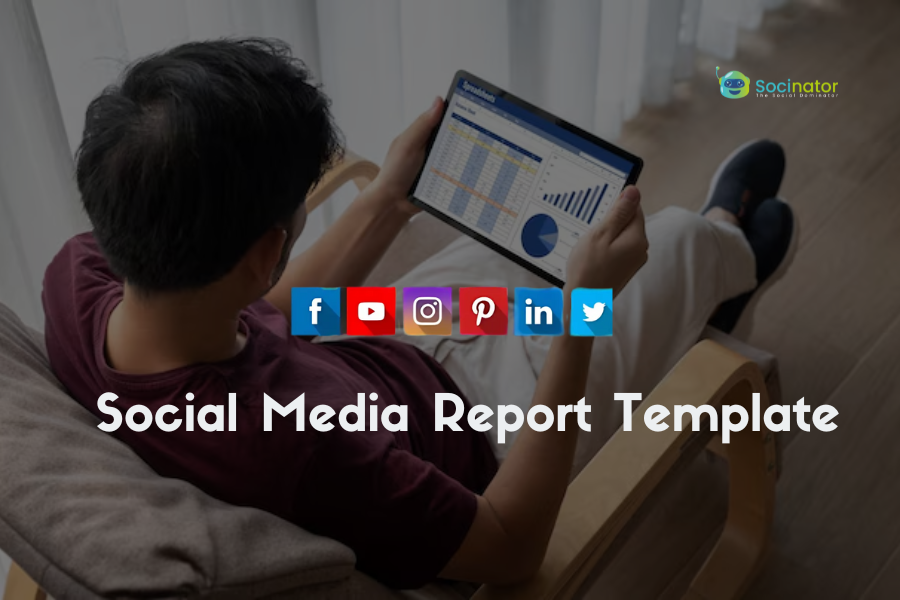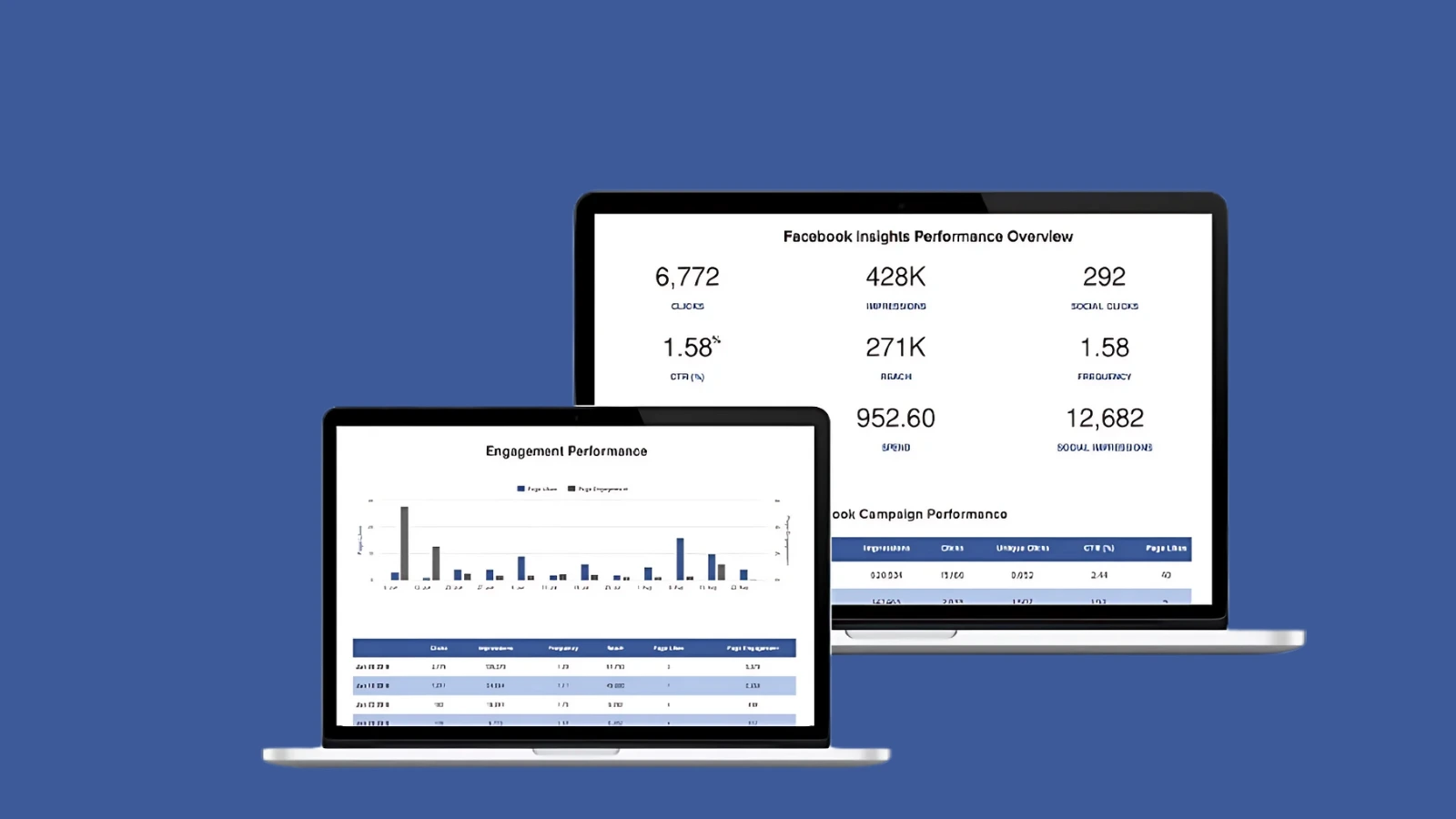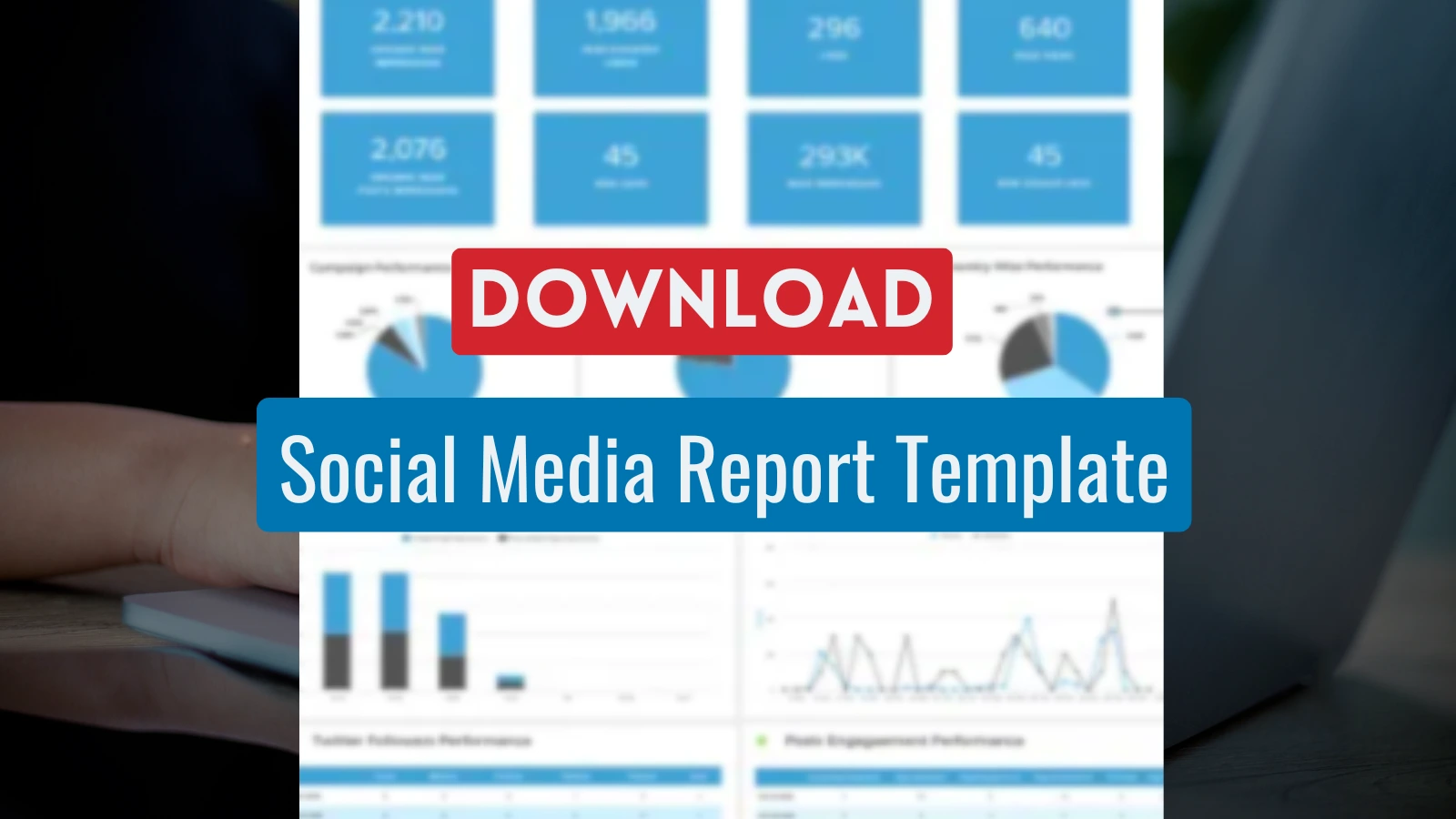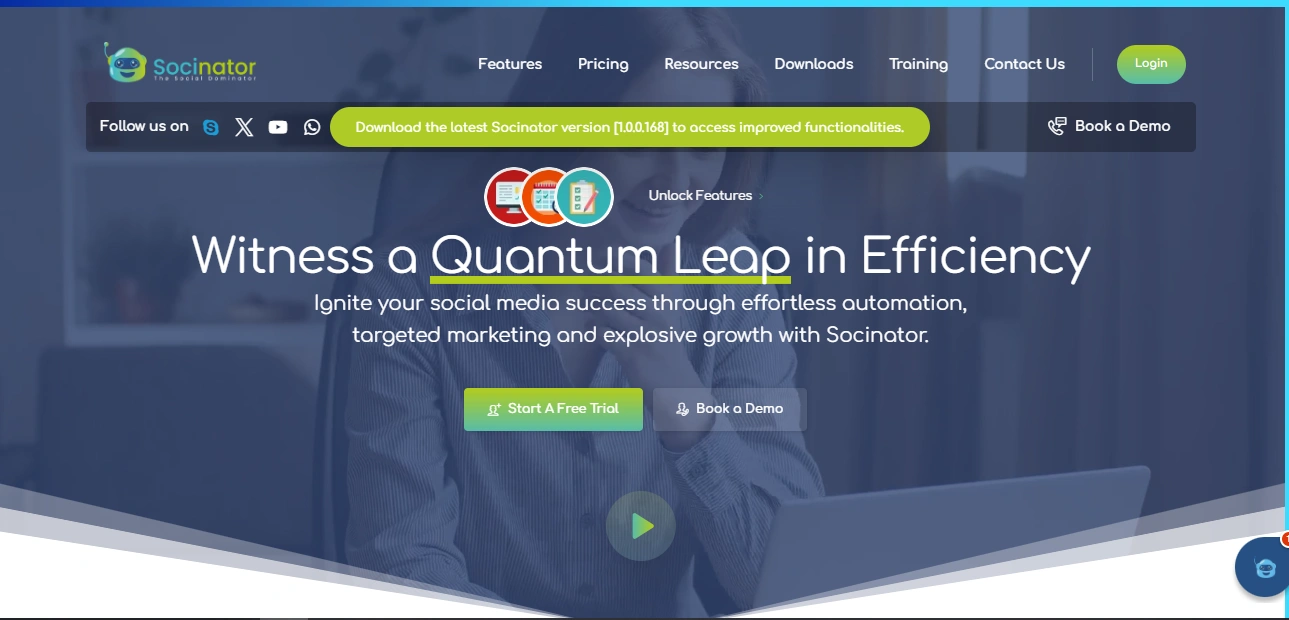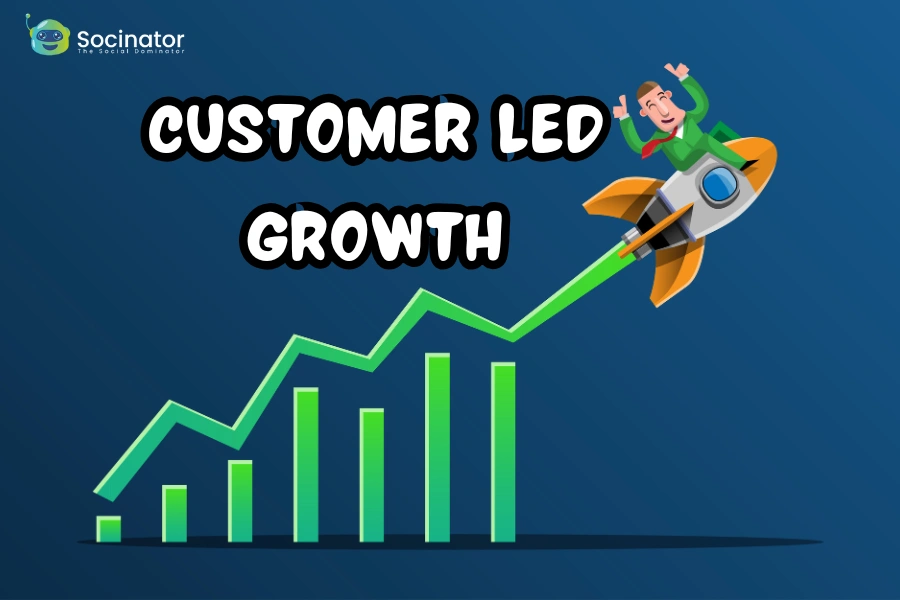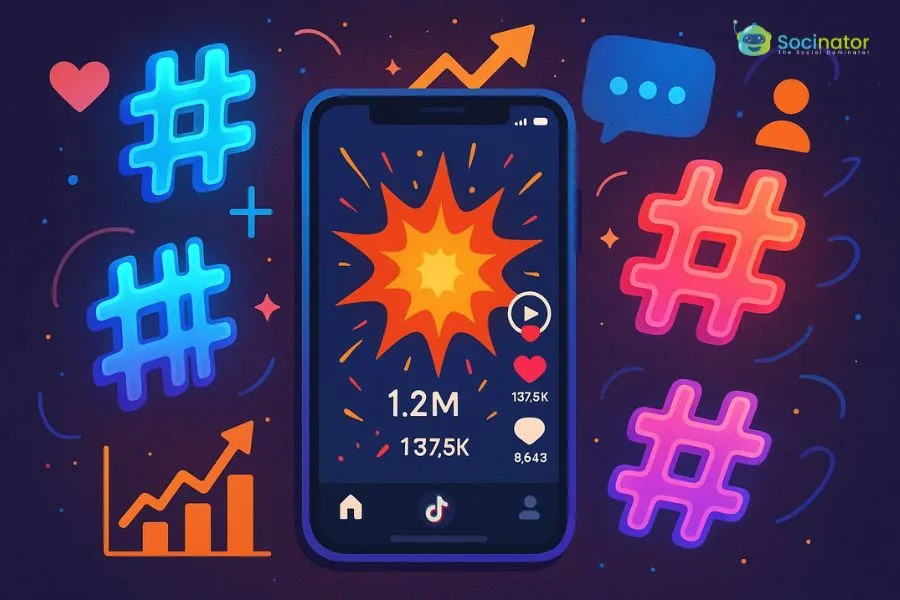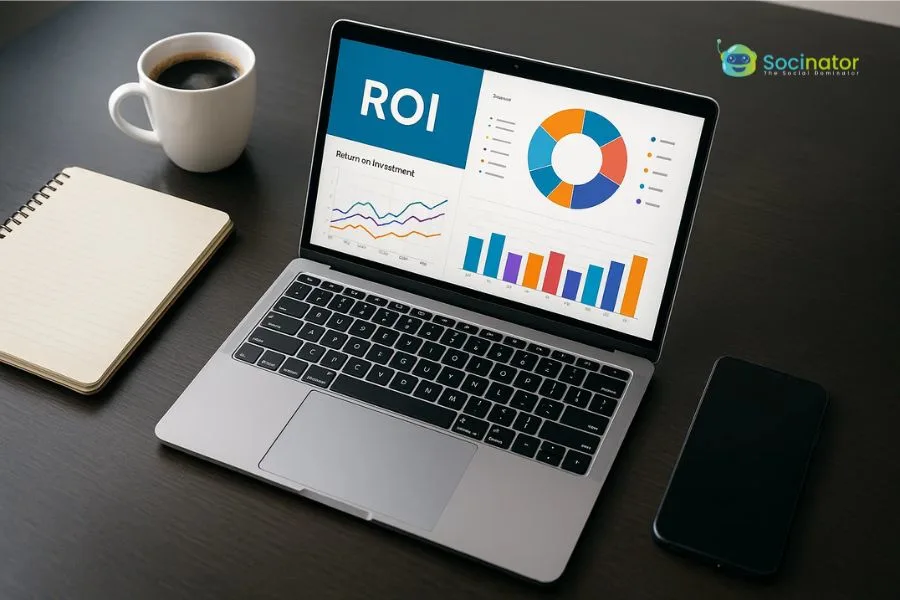Managing social media is no small feat. If you’re responsible for your brand’s online presence, the sheer volume of content creation, audience engagement, and performance tracking can feel overwhelming. However, one tool simplifies this complex puzzle: a well-structured social media report template.
Social media reports are more than just numbers on a page—they’re your brand’s digital story. They help you analyze your efforts, align your strategies, and communicate your success to stakeholders. With businesses investing heavily in social platforms, demonstrating ROI has become crucial. A well-organized report doesn’t just justify your strategy; it fuels smarter decisions and better outcomes.
In this blog, we’ll cover everything you need to know about creating impactful social media reports. From understanding their significance to choosing the right templates and tools, we’ll guide you through each step to help you craft reports that deliver valuable insights and drive better results.
Let’s explore how to turn raw data into meaningful insights.
Listen To The Podcast Now
What Is A Social Media Report Template?
A social media report is a comprehensive document that gathers and analyzes data from your social media activities over a specific period. It provides insights into key metrics and performance indicators, helping you assess the effectiveness of your social media strategy and identify areas for improvement.
It provides actionable insights into your audience’s behavior, engagement levels, and overall campaign performance. Think of it as your social media roadmap, helping you achieve better results.
Different types of social media reports serve distinct purposes. Whether it is a campaign-specific report, a competitor analysis, or a quarterly overview of your brand’s performance, each report paints a unique picture. A customizable social media report template can help you tailor your reports to specific goals or key performance indicators (KPIs), ensuring clarity and relevance for your team.
Why You Need A Social Media Report Template
Without a structured approach, social media reporting can feel chaotic. That’s where a template comes in. A social media analytics report template helps you save time by streamlining the process of compiling data. It also ensures consistency in your reports, allowing you to track and compare performance over time with a standardized format. This consistency makes it easier to analyze trends and make data-driven decisions.
By consistently presenting key metrics and insights, you create a clear, easily digestible narrative for stakeholders. This approach allows them to quickly absorb the most critical information and make well-informed decisions based on the data, ensuring clarity and efficiency in the decision-making process.
Here’s why templates are indispensable:
- Clarity: Social media report Templates help you organize data into easily digestible sections, making complex information accessible to everyone.
- Consistency: Using the same template over time allows you to track trends and measure progress more effectively.
- Efficiency: Pre-designed templates reduce the time spent formatting and compiling reports, so you can focus on analysis.
- Professionalism: A well-designed report template enhances your presentation, making your data clear and visually appealing.
Now that we recognize the value of templates, let’s explore how to create an effective social media report template.
6 Steps To Creating An Effective Social Media Report Template
Crafting an insightful report begins with a clear process. Follow these steps to build a report that captures the full scope of your social media efforts.
1. Define Your Goals
Start by identifying your social media objectives. Are you aiming to boost engagement, drive website traffic, or increase conversions? By setting SMART goals—specific, measurable, achievable, realistic, and time-bound—you can align your data with your desired outcomes. Clear goals also guide your choice of KPIs, ensuring metrics in your report serve a purpose.
2. Select a Reporting Cadence
How often should you generate reports? The answer depends on your goals and the audience you’re targeting. Daily or weekly reports might be ideal for monitoring trends, while monthly or quarterly reports provide a broader perspective on performance. Each frequency has its benefits:
- Daily Reports: Track immediate metrics like mentions and trending topics.
- Weekly Reports: Identify emerging patterns or issues requiring quick action.
- Monthly Reports: Evaluate campaigns and align strategies with larger objectives.
- Quarterly/Annual Reports: Analyze long-term trends and overall impact.
3. Understand Your Audience
Tailor your report to the stakeholders who’ll read it. For instance:
- Marketing teams might prefer insights on engagement and campaign performance.
- Leadership may focus on ROI, conversions, and financial metrics.
- Content creators could benefit from detailed data on post performance and audience preferences.
You ensure relevance and maximize its impact by aligning your report with your audience’s needs.
4. Make It Visual
Visuals are your secret weapon in the social media report template. Charts, graphs, and infographics help simplify complex data, making it easier to understand. They improve the professionalism of your report by presenting information in a visually appealing format, helping stakeholders quickly understand key insights without being overwhelmed by raw data.
A well-designed social media analytics template can include spaces for visuals highlighting key milestones, such as spikes in engagement or successful campaigns.
5. Benchmark Against Competitors
Your social media performance is interconnected with various factors.
Comparing your metrics with those of competitors provides valuable context. Use tools to analyze competitor growth, engagement rates, and content strategies. Incorporating these insights into your social media report template adds depth and informs future campaigns.
6. Summarize And Recommend
End your report with a concise summary of key findings and actionable recommendations. Highlight what worked, what did not, and what steps to take next. For instance, if user-generated content drives higher engagement, consider incorporating more of it into your strategy.
Also Read
How To Create an Effective Social Media Campaign Template With Examples
What Is Social Media Analytics | 07 Best Tools To Help You With It
How To Master Social Media Reporting: A Step-by-Step Guide For 2025
Key Metrics To Include In Your Social Media Report Template
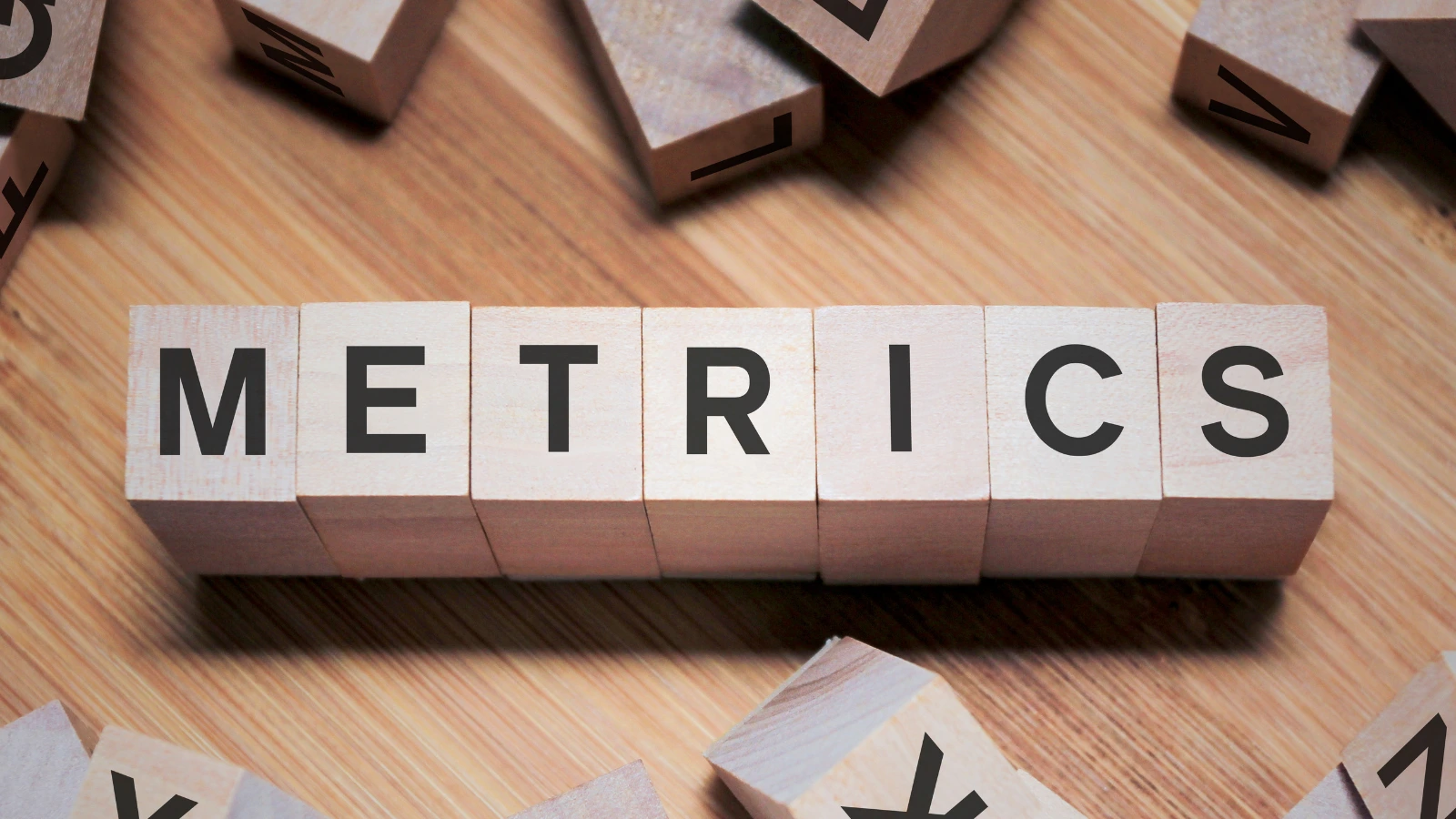
Select metrics that are closely aligned with your objectives. Below are some essential KPIs to include in your social media metrics template:
- Audience Growth: Monitor follower counts to assess your brand’s reach.
- Engagement: Track likes, comments, shares, and other interactions to measure audience interest.
- Reach and Impressions: Analyze how far your content spreads and how often it appears.
- Website Traffic: Use tools like Google Analytics to measure social media-driven traffic.
- Conversions: Track actions like purchases or sign-ups that result from social media interactions.
Each metric tells part of the story, giving you a comprehensive view of your performance with a social media report template. To achieve optimal performance, maintain consistent posting and regularly track your metrics. But is there any tool to help you with it? Yes! We have a tool for you. Let us dive into this powerful tool.
Socinator – Social Media Automation Tool
Socinator is your go-to social media automation tool, designed to streamline your workflow, enhance your online presence, and elevate your brand effortlessly. It offers powerful features that make social media management simple, consistent, and effective. Let us explore what makes Socinator your go-to solution for driving meaningful growth and engagement:
Features of Socinator
- Performance Analytics and Actionable Reports
Gain insightful analytics and detailed reports of your profile activities. With this data at your fingertips, make informed decisions to optimize future campaigns and achieve measurable success.
- Effortless Connection Management
Automate friend requests with ease—send, accept, or cancel them in a few clicks. Target the right audience and grow your network effortlessly, boosting your brand’s reach and engagement.
- Intelligent Auto Likes and Comments
Boost your organic reach by automating likes and comments on posts. Foster authentic connections with your audience, build stronger relationships, and increase visibility—all while saving precious time and effort.
- Seamless Page Liking Automation
Schedule and automate liking pages relevant to your niche.
Foster meaningful connections within your industry and stay informed, all while effortlessly promoting your brand.
- Scheduled Posts and RSS Publishing
Stay consistent with your posting schedule by automating content ahead of time or publishing directly from RSS feeds. Never miss a beat, ensuring your brand remains active and visible.
- Enhanced Post Sharing
Amplify visibility with automated sharing of posts. Drive more traffic to your content and achieve better reach with this time-saving feature.
- Automated Life Event Wishes
Celebrate every occasion using the Socinator Events Manager, ensuring no special moment goes unnoticed. Automate wishes for important events like birthdays, product launches, or anniversaries, ensuring you remain thoughtful and connected.
- Streamlined Broadcast Messaging
Communicate efficiently by scheduling messages and broadcasting announcements directly to your audience. Efficiently manage your time while maintaining strong engagement with your community.
- Always-On Auto-Reply for New Messages
Keep your communication seamless and timely with Socinator’s automated reply feature, ensuring no message goes unanswered. Keep the conversation flowing 24/7, ensuring consistent communication and building trust with your audience.
You can focus on strategy while the tool handles the heavy lifting by using reliable social media management software.
Social Media Report Template Examples
Looking for inspiration? Here are some common types of reports you can adapt to your needs:
- Campaign Performance Report:
A Campaign Performance Report provides a comprehensive evaluation of the effectiveness of specific marketing campaigns. It focuses on metrics such as reach (how many people saw your campaign), clicks (how many engaged with it), and ROI (return on investment), helping you understand the success of your efforts. This report allows you to measure the impact of your campaign, identify which content resonated most with your audience, and determine where to allocate resources in the future for maximum effect.
2. Competitor Analysis Report:
A Competitor Analysis Report benchmarks your brand’s performance against industry competitors, providing a comparative view of engagement rates, content strategies, and overall performance.
By analyzing metrics like follower growth, interactions, and campaign performance, you can identify areas where your brand is excelling or falling short. This insight allows you to address weaknesses and build on successful strategies, leading to improved results. It helps you identify which elements of your strategy need refinement and which are driving success.
This type of social media analysis report reveals market trends, helps you uncover competitors’ strategies, and provides actionable insights to refine your social media approach, ensuring you stay ahead.
3. Engagement Analysis Report
An Engagement Analysis Report examines how your audience engages with your content, tracking actions such as likes, comments, shares, and clicks. It helps you understand which types of content are most engaging to your audience and which areas need improvement, enabling you to tailor your strategy for better audience connection. These metrics give you a clearer understanding of what resonates with your audience, indicating which posts are most effective.
Tracking engagement patterns over time allows you to adjust your content strategy by identifying the formats and topics that drive the most meaningful interactions. It helps you focus on what resonates best with your audience, ensuring your content continues to engage and connect effectively. This report is vital for adjusting your content to foster stronger relationships and increase brand loyalty among your followers.
A downloadable social media campaign report example can serve as a starting point, helping you structure your data effectively.
Conclusion
Crafting a comprehensive social media report template is more than just gathering data; it is about translating numbers into meaningful stories that guide strategic decisions. From setting clear goals and leveraging templates to analyzing competitors and showcasing metrics, a well-prepared report becomes a cornerstone of your social media strategy.
But the journey does not end there. Tools like Socinator can take your efforts to the next level, ensuring consistency, efficiency, and impactful engagement. With its suite of automation features—from performance analytics to seamless scheduling—Socinator allows you to focus on growth while it handles tedious tasks.
Embrace the power of structured reporting and reliable automation to keep your brand ahead of the competition. It is time to streamline your strategy, drive better outcomes, and let your digital story shine.
FAQs
What is an Executive Summary for a Social Media Report template?
An executive summary serves as the introduction to a social media report, providing a summary of key performance highlights and insights. It summarizes critical metrics, highlights major achievements, and pinpoints significant trends or findings. The executive summary offers a clear and concise overview, allowing stakeholders to swiftly grasp the report’s main insights and key takeaways.
How often should I update my social media report template?
The frequency of updates depends on your reporting needs and goals. Daily or weekly reports help track immediate metrics, such as mentions and trending topics, providing quick insights into short-term performance. In contrast, monthly or quarterly reports offer a broader view of your overall performance, helping you assess long-term success and adjust strategies for sustained growth and improvement.
Can I use the same social media report template for all platforms?
Although you can use a standardized template, it’s important to adjust it for platform-specific metrics. For example, Instagram provides insights on Stories and engagement, while Twitter focuses more on mentions and retweets. Customizing your template for each platform ensures report reflects the right data.
How do I measure the ROI of my social media efforts in a report?
To measure ROI, track key metrics such as conversions, cost per acquisition (CPA), and revenue generated through social media campaigns. Use Google Analytics and other tracking tools to link social media activity directly to sales or sign-ups, enabling you to assess the financial impact of your efforts.
Can social media reports help predict future trends?
Yes, social media report templates analyze past performance to reveal patterns and trends. By studying engagement data, audience behaviors, and content success, you can anticipate future shifts, such as emerging topics or peak engagement times, and adjust your strategy to stay ahead of trends and meet audience expectations.

